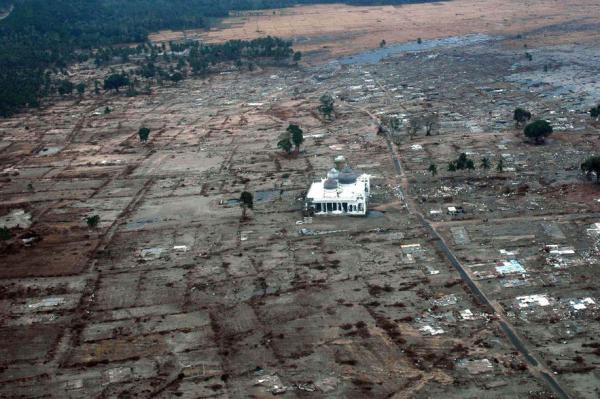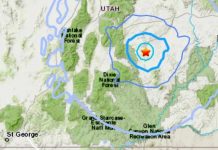
May 26 (UPI) — New research suggests ancient Himalayan sediments account for the severity of the 2004 earthquake in Sumatra.
The epicenter of the magnitude 9.2 earthquake occurred just west of Sumatra, Indonesia, in December 2004. It was generated by the subduction of the Indian Plate beneath the Burma Plate and triggered a series of tsunamis that obliterated coastal communities throughout Southeast Asia, killing more than 250,000 people.
In an effort to better understand the dynamics of the devastating quake, researchers analyzed samples collected from deep beneath the floor of the Indian Ocean.
“The 2004 Indian Ocean tsunami was triggered by an unusually strong earthquake with an extensive rupture area,” Lisa McNeill, professor of geology at the University of Southampton, said in a news release. “We wanted to find out what caused such a large earthquake and tsunami and what this might mean for other regions with similar geological properties.”
McNeill and her research partners found evidence of ancient sediment deposits originating from the Himalayan mountain range and Tibetan Plateau. After analyzing the physical and chemical properties of the sediment layers, researchers built a model to simulate their behavior near a subduction zone.
Researchers found the thick layers of sediments would have become heated and dehydrated as they migrated toward the subduction zone, creating a stronger, more rigid material which encouraged a more violent fault slip.
“Our findings explain the extent of the large rupture area, which was a feature of the 2004 earthquake, and suggest that other subduction zones with thick and hotter sediment and rocks, could also experience this phenomenon,” said Andre Hüpers, researcher at the University of Bremen.
The findings — detailed in the journal Science — could help researchers more accurately estimate the risks of earthquakes in subduction zones with thick, hot sediment and rock.





